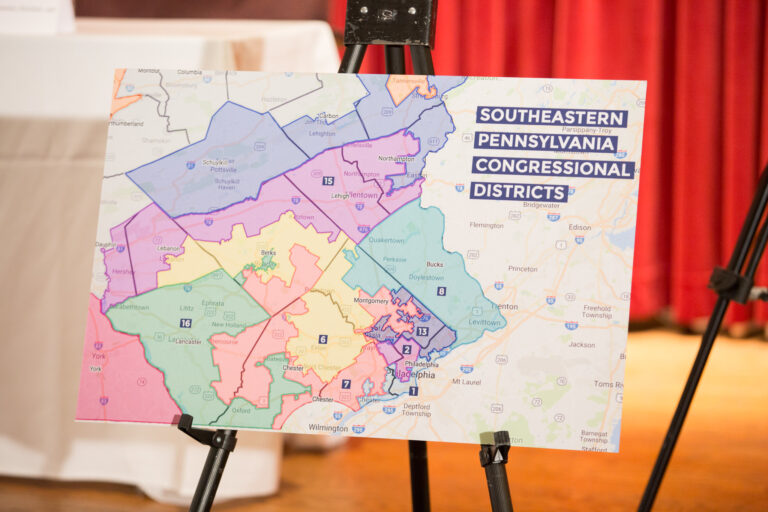Mackenzie Bouverat is a student at Harvard Law School.
As onlookers tweet about the possibility of Jeff Bezos’ ascension to the title of “world’s first trillionaire,” Amazon takes steps to mitigate its predicted $4 billion in coronavirus-related expenditures between April and June (the figure amounts to 4.5% of the company’s $84 billion in reported Q4 2019 revenue). Many such cost-saving steps were preemptive: the latest Amazon employee whistle-blowers, Maren Costa and Emily Cunningham, today publicized their termination in retaliation for their internal circulation of a petition to increase hazard pay and safety protections in Amazon warehouses. Amazon, now notorious for union-busting, claims that both women were fired for unspecified violations of “internal policies.” Another cost-cutting measure involves sunsetting a $2 hourly raise Amazon introduced for warehouse workers mid-March at the end of May
Last year, Providence Portland Medical Center voted to join Service Employees International Union, SEIU Local 49. The vote to unionize was razor-thin—it hinged on a single ballot. Upon challenge by the medical center, the validity of the contested ballot was upheld the regional labor relations board. But relying on the new rule Maxwell reported yesterday, the National Labor Relations Board overturned the vote on appeal: the ballot, which includes an “X” in the “yes” box, and a single line in the “no” box, was deemed invalid. Thus, the union was decertified.
State Departments of Labor continue their efforts to accommodate their practices to the coronavirus pandemic. New York suspended forfeiture delays for the duration of the pandemic; Connecticut plans to implement a thirteen-week benefit extension by mid May; Washington has temporary suspended its benefits as it investigates fraudulent claims; California is poised to borrow Federal money to cover the influx of unemployment claims; Nevada rolled out a new filing system.
Washington state has promulgated a new emergency rule applying to H2-A agricultural workers. The state’s Department of Labor and Industries’ draft rule prohibited the use of top bunks in communal housing. However, in response to significant pressure from the agricultural industry, its final rule requires the reduction of exposure risk by keeping employees in fifteen person groups: under the policy, these 15-person groups eat, sleep and travel together—completely separate from other workers. The rule was promptly challenged by Familias Unidas Por La Justica and the American Federation of Labor and Congress of Industrial Organizations (AFL-CIO), but a Skagit County Superior Court today upheld the temporary housing rules, reserving the transportation and workplace rules.
63% of gallup poll respondents report working from home in the past two weeks. These massive changes in employment practices have garnered extensive speculation on the endurability of “the new normal.” Most commenters anticipate that the prevalence of remote work will not subside alongside the coronavirus. Indeed, Jack Dorsey recently announced that Twitter employees are now permanently permitted to work from home.
Forbes’s Jack Kelly predicts that expanding the labor pool available to employers beyond their immediate geographic vicinity will reduce employee bargaining power: “It will be hard for employees to negotiate for raises, as management will believe that they could easily find a replacement somewhere else within the United States or abroad.”
Todd Nordstrom expects that unchanged productivity levels will lead to the redundancy of “managers.” Whereas Nordstrom attributes this redundancy to unchanged or improved levels of productivity as employees work from home, it may be the case that managers are simply being replaced: employers are increasingly turning to “tattle-ware” to monitor employee productivity.
Activtrak, an Austin-based productivity-monitoring service, reports a 35% spike in demand in Canada since the beginning of the pandemic. The service provides quantitative reports to employers, detailing individual employee’s keystrokes, e-mails, screen time, and mouse activity. Interguard categorizes each minute an employee spends on-the-clock as “productive” or “unproductive,” and ranks employees on the basis of their “productivity score.” The system records all of the worker’s keystrokes, alerting management if an employee types or searches for the words “job,” “client,” or “file.” This way, managers can prepare to replace employees who are looking for a new job. Interguard purchases have multiplied threefold since the pandemic’s outset.
Other tattle-ware companies tout their software not as panoptic productivity-maximizers, but as an essential element of an emotionally fulfilled online workforce. Doug Saferno, the co-founder of Pragli—another popular tattle-ware software—lauds the app as a way of simulating the ‘corporate camaraderie’ of the in-person office: users may express themselves by changing their virtual avatar’s outfits; display music playlists on their virtual profile; and enter “water cooler” chat rooms to simulate the office environment. Pragli is currently developing a facial-recognition feature which mirrors a worker’s real-world expressions on their virtual avatar’s face. But the app isn’t all carrots: 15 seconds of inactivity on their computer shifts a workers status to “idle.” Further, just as a manager can spontaneously approach one’s desk in an office, Pragli permits a manager to unilaterally begin a video chat with an on-shift employee.






Daily News & Commentary
Start your day with our roundup of the latest labor developments. See all
December 15
Advocating a private right of action for the NLRA, 11th Circuit criticizes McDonnell Douglas, Congress considers amending WARN Act.
December 12
OH vetoes bill weakening child labor protections; UT repeals public-sector bargaining ban; SCOTUS takes up case on post-arbitration award jurisdiction
December 11
House forces a vote on the “Protect America’s Workforce Act;” arguments on Trump’s executive order nullifying collective bargaining rights; and Penn State file a petition to form a union.
December 8
Private payrolls fall; NYC Council overrides mayoral veto on pay data; workers sue Starbucks.
December 7
Philadelphia transit workers indicate that a strike is imminent; a federal judge temporarily blocks State Department layoffs; and Virginia lawmakers consider legislation to repeal the state’s “right to work” law.
December 5
Netflix set to acquire Warner Bros., Gen Z men are the most pro-union generation in history, and lawmakers introduce the “No Robot Bosses Act.”